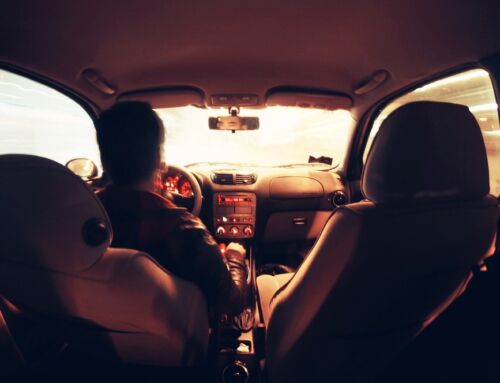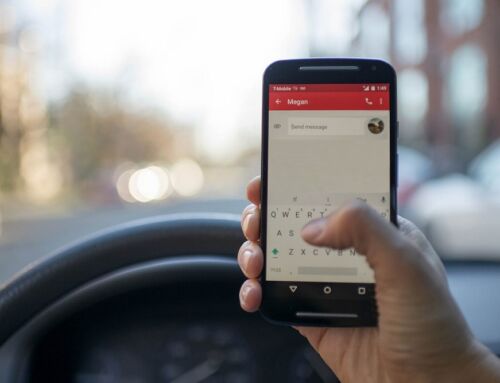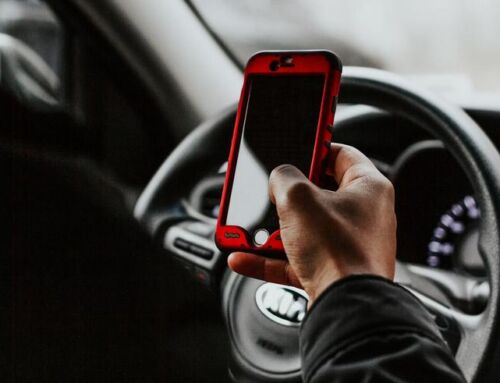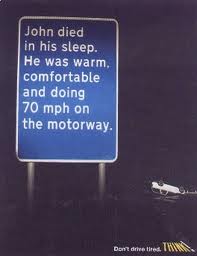
Most physicians recommend that you should get 7 to 9 solid hours of sleep. However, about 60% of all Americans report having sleep troubles almost every night according to this year’s National Sleep Foundation poll, and all say they have driven a vehicle while feeling drowsy in the past year. The results of this drowsy driving according to the National Highway Traffic Safety Administration results in an estimated 1,550 deaths and 71,000 injuries and $12.5 billion in monetary losses.
Sleep related car crashes are most common in young people (especially men) adults with children and shift workers. Adults between the age of 18 and 29 are much more likely to drive while drowsy compared to other age groups. Men are more likely than women to drive fatigued and adults with children in the household are more likely to drive drowsy than those without children. Shift workers are more likely to drive drowsy than those who work regular daytime hours. It is clear that the less people sleep the greater they risk a sleep-related crash occurring. According to a recent study by the Foundation for Traffic Safety, people who sleep six to seven hours at night are twice as likely to be involved in a crash as those sleeping eight hours or more. It is also found that people sleeping less than five hours increase their risk to four or five times. Sleep deprivation and fatigue makes lapses of attention more likely to occur and this will play a role in driving behavior that can lead to crashes; and, for that matter, other types of accidents. Interestingly, people tend to fall asleep more on high-speed long, boring rural highways than those who live in urban areas. Most of these crashes and near-misses occur between 4 and 6 a.m.; midnight to 2 a.m. and 2 to 4 p.m.
The National Sleep Foundation researchers indicate that when one spouse does not fall asleep, it can trigger significantly more negative interactions between spouses the next day. This is particularly true of wives, as it has been found that when husbands sleep poorly there is little difference in how the couples relate. Researchers suspect that women who have sleep problems are more likely to express stress, be irritable and verbalize those feelings. According to the research, 42% of those polled said that when they become stressed, they also become impatient and some tend to drive faster. All of this can lead obviously to serious crashes when operating a motor vehicle .
Drowsy driving has also been described as distracted driving – drivers who experience drowsiness do not apply their full attention to the driving task. Driving requires a person to be alert to their actions and surroundings at all times. Sleepiness and driving is a dangerous combination. Most people are aware of the dangers of drinking and driving but don’t realize that driving while drowsy can be just as fatal. Sleepiness or fatigue causes impaired reaction time; impaired judgment and vision; problems with information processing; short-term memory issues; decreased performance, vigilance and motivation; as well as increased moodiness and aggressive behaviors.
There are several warning signs of drowsy driving: 1) being unable to stop yawning, 2) having trouble keeping your eyes open and focused, 3) driving starts being sloppy and you weave, 4) hitting groove and rumble strips on the side of the road, 5) finding yourself opening a window or turning up a radio to stay alert, and 6) driving aggressively to get to your next destination because of drowsiness. 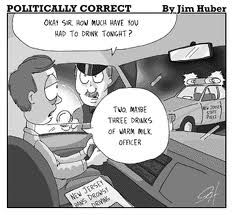
There are several multi-million dollar settlements that have been awarded to families of crash victims resulting in lawsuits filed against individuals as well as businesses whose employees were involved in drowsy driving crashes.


